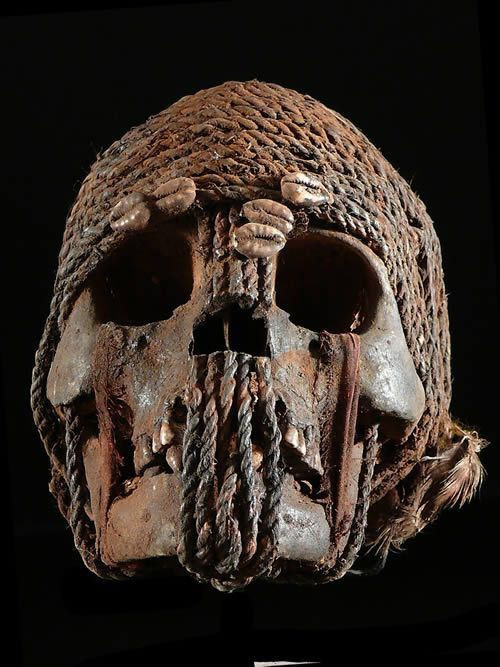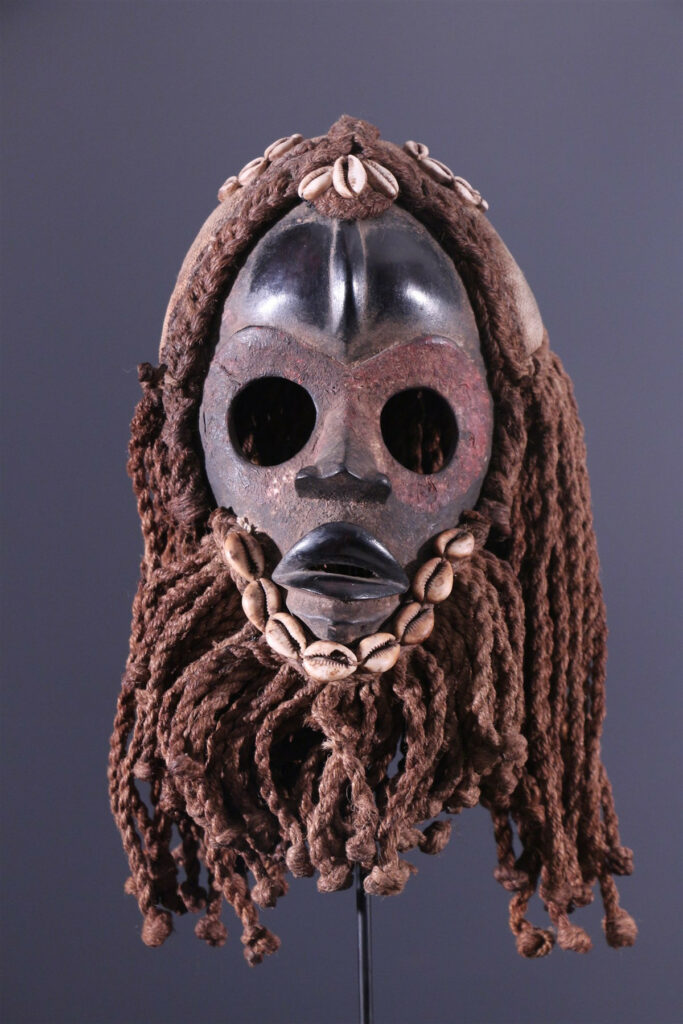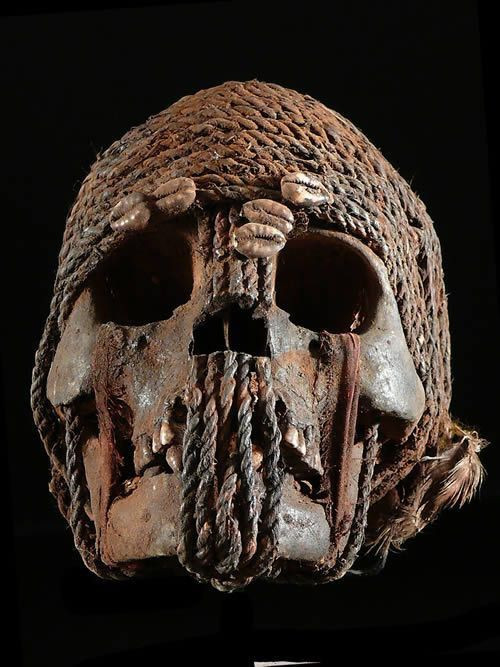Across the globe, various cultures have long revered the physical remains of their ancestors as sacred relics. Among these, the veneration of skulls holds a particularly profound significance, serving as a tangible link between the living and the dead. One such tradition can be found within the Fon ethnic group of Benin, where the reverence for ancestral skull relics has endured for generations, despite facing challenges from societal changes.
The Widespread Tradition of Skull Veneration
The practice of preserving and venerating the skulls of the deceased is not unique to the Fon people. Similar traditions can be found in various ancient communities around the world, including the Dayaks of Borneo, the Sepik region of Papua New Guinea, and several tribes in Africa, such as the Tiv of Nigeria, the Kota of Gabon, and the Fon of Benin. These skulls are often meticulously modeled, coated in thick layers of clay, and sometimes adorned with diverse materials like red Abrus seeds.

The Fon Tradition and Its Challenges
According to a local Fon source, a Vodun priest named Gambada, these relics were primarily used by the Ada people for divination rituals. However, during the 1970s, the then-President Kérékou banned the use of these relics, forcing their owners to conceal or bury them, as possession or use could result in imprisonment.

The Ritual Significance of Fon Skull Relics
The Fon skull relics held profound ritual significance, particularly in matters of marital fidelity. On the first day of marriage, couples would visit a fetish priest, who might recommend that they pass naked before an altar where one of these skulls was placed, then kneel and pray. If either spouse were to betray their promise of loyalty, they would be punished by the ancestors, falling gravely ill or even succumbing to madness.
However, if the unfaithful party acknowledged their transgression, they could return to the altar, accompanied by an elder, to seek the ancestors’ forgiveness and the appropriate purification ceremony, which often led to divorce, barring the unfaithful individual from remarrying.
The Enduring Legacy of Fon Skull Relics

Despite the challenges posed by societal changes, the Fon people’s reverence for these ancestral skull relics continues to thrive. These tangible links to the past hold deep spiritual significance, serving as a means of communication with the ancestors and a vessel for the preservation of cherished traditions. The Fon skull relics are a testament to the enduring cultural practices and beliefs of this African ethnic group, ensuring the perpetuation of their rich cultural heritage.
Conclusion
The veneration of ancestral skulls is a practice that has endured across various cultures worldwide, with the Fon people of Benin serving as a prime example. These relics, imbued with profound ritual significance, maintain the memory of the deceased and forge a powerful connection between the living and the dead. Even in the face of societal changes and challenges, the Fon people’s reverence for these ancestral skulls continues to thrive, preserving their rich cultural heritage and the enduring significance of these tangible links to the past.
